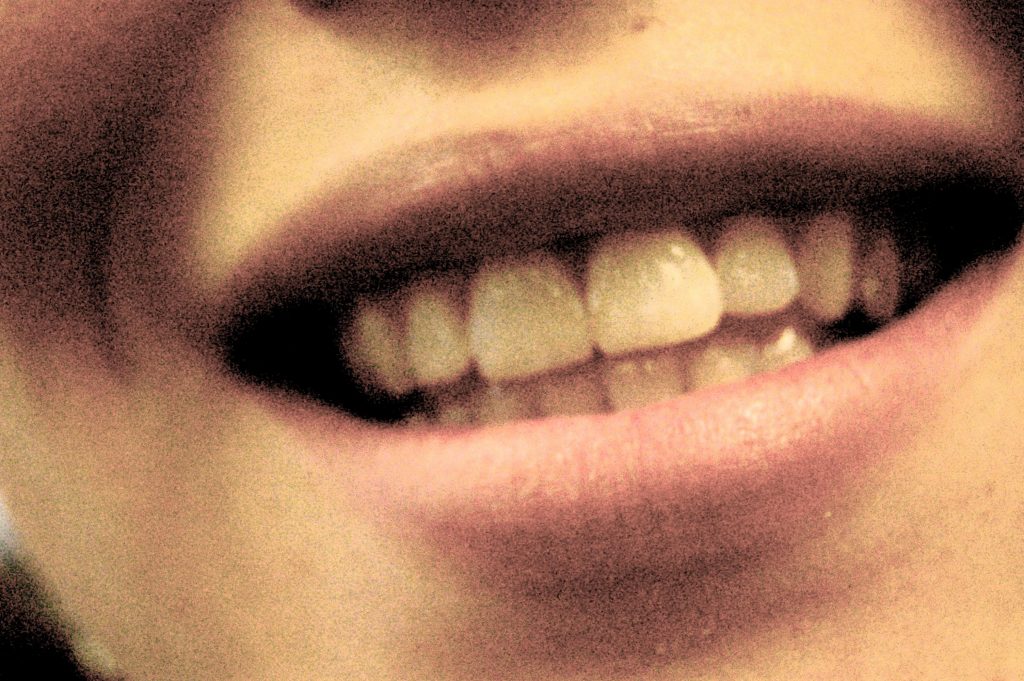
Why Smiling Is a Superpower
Photo Credit:-alenda-navarro-whyte
“Every time you smile at someone, it is an action of love, a gift to that person, a beautiful thing.” – Mother Teresa of Calcutta
When we smile, we extend warmth and connection to one another. Smiling is a welcoming language universally understood across the world. Dale Carnegie, 20th century writer of famous courses on how to develop interpersonal skills, instructed his students, “The expression one wears on one’s face is far more important than the clothes one wears on one’s back.”
Smiling releases feel-good chemicals that make us feel even happier.
Smiling is a simple but powerful way to improve our lives and the lives of others. This modest, unassuming superpower has been shown to be effective in reducing stress, lowering blood pressure and triggering positive emotions. A smile is the goodwill ambassador of our body language. As my Irish Dad used to say, “Don’t be stingy with your smiles. They can open a heart faster than a key can open a lock.”
The Science Behind That Smile
Smiling is an evolutionary reflex programmed and imprinted on us over the millennia. Science tells us that it takes 37 muscles to frown but only 22 to smile. There are countless reasons that prompt each of us to smile. Children corner the market on smiling. It’s been observed that children smile more than 400 times per day. This can drop to fewer than 20 smiles per day by the time we reach adulthood.
Smiling has therapeutic effects. It has been associated with reducing levels of stress hormones such as cortisol and adrenaline. The act of smiling triggers pleasure sensors in the brain, which causes a release of endorphins (feel-good chemicals). So, in essence, smiling creates a self-perpetuating cycle of joy. Smiling releases feel-good chemicals that make us feel even happier, which can result in more smiling!
Smile More, Live Longer
Both men and women benefit from smiling. A UC Berkeley 30 year longitudinal study examined the yearbook smiles of women students and measured their well-being and success throughout their lives. They found that women who had smiled the most in their college yearbook photos had happier lives and marriages and fewer personal setbacks in the following 30 years.
In another study conducted at Wayne University, researchers found that baseball players who had the broadest smiles reflected on their baseball photo cards lived, on average, seven years longer than those who smiled the least.
The True vs. Fake Smile
When we smile, we may be engaging one or two potential facial muscles. One is called the zygomaticus major. This muscle is connected from the mouth to the cheekbone. When this muscle is activated, the corners of the mouth are pulled up. If only this muscle is activated it results in what scientists refer to as a “polite or social smile” (aka, fake smile). The second muscle is called the orbicularis occuli. It encircles the eye socket and when activated along with the first muscle, is responsible for showing sincerity or a “true smile.”
The true smile is also called the “Duchenne Smile.” It was named after the 19th century French scientist who first discovered the difference between the “mouth corners” smile and the “eye socket” one. Duchenne called the true smile, the “smile of joy.” He concluded that the mouth smile obeys the will, but the eye smile does not. He said, “The muscle around the eye…is only brought into play by a true feeling, and agreeable emotion. It’s inertia in smiling unmasks a false friend.”
Smiles Connect Us
Smiling improves our range of communication by increasing feelings of affiliation and cooperation. A smile is a welcoming, infectious expression of happiness and the willingness to share it. Smiling makes us attractive in the eyes of others. A study conducted at Penn State University showed that the smiles of employees had a direct, positive effect on customer satisfaction and increased repeat business. Smiling employees were perceived as likeable, courteous and competent.
Smiling is a simple act that has the power to initiate and foster connection. A dear friend that I reunited with after many years sent me a sweet note after our get-together. The card read, “By the way, I’m still wearing the smile you gave me.” Whether it is a delighted smile, a teary smile, a shy smile or a smile accompanied by a giggle or uproarious laughter, all smiles invite us to participate more deeply with one another.
Smiles are free, yet they enrich us. They have the power to increase both the well-being of the one who offers the smile as well as the one who receives it. Smiles are an easy, good-hearted, efficient and proactive way to improve your day and the day of those around you. They are an excellent means for spreading the contagion of positive vibes. As comedian Will Ferrell said in the movie Elf, “Smiling is my favorite.”
What have you noticed about the power of a smile?








